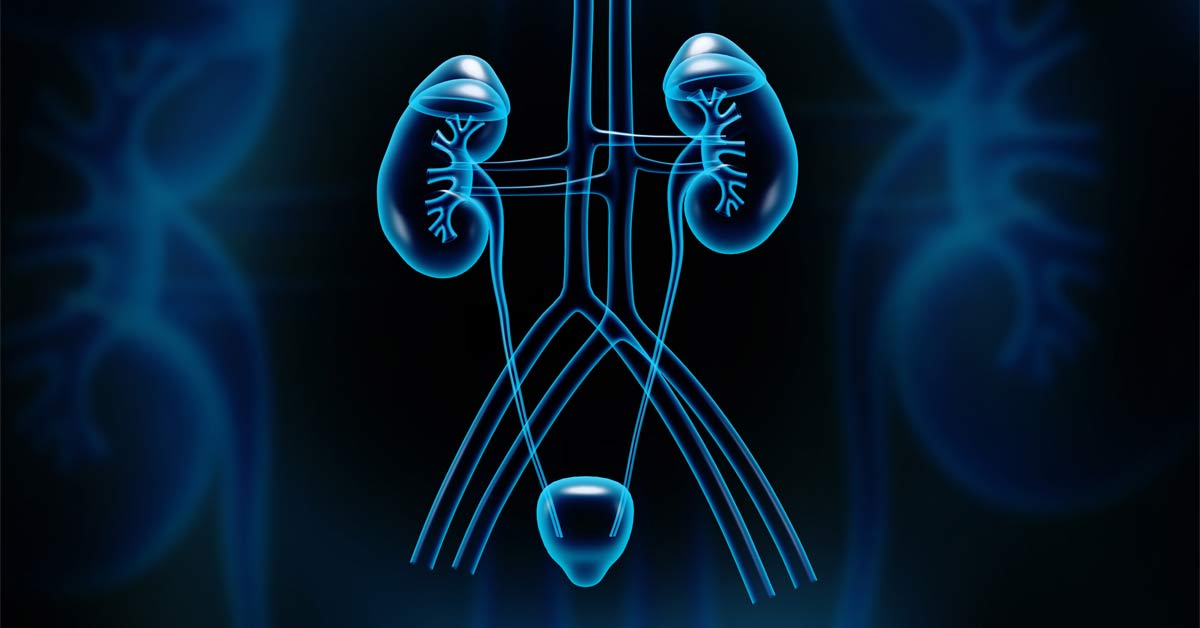
Ureteral stents are small, flexible tubes that doctors place inside the ureters. Ureters are the narrow tubes that carry urine from your kidneys to your bladder. These stents are used to keep the ureter open when it's blocked, narrowed, or at risk of becoming obstructed.
Without proper urine flow, pressure can build up in the kidneys, leading to pain, infection, or long-term damage. A ureteral stent helps restore drainage and relieve discomfort. It can also support healing after procedures or injury.
Whether you're preparing for stent placement or already have one, understanding how ureteral stents work can help you feel more in control of your care.
What Is a Ureteral Stent?
A ureteral stent is a soft, flexible tube that a doctor places inside one of your ureters to help keep it open. It allows urine to pass from your kidney to your bladder, even if the ureter is blocked or swollen.
Most ureteral stents:
- Are about the size of a coffee stirrer
- Have small side holes along the tube to help urine flow
- Have curled ends, one that sits in the kidney and the other in the bladder, to keep the stent from moving out of place
Why Might I Need a Ureteral Stent?
Ureteral stents are placed for a variety of reasons to keep urine flowing. Doctors use stents to:
- Treat blockages from kidney stones, scar tissue, or tumors
- Help urine drain if your ureter is compressed or narrowed
- Support the ureter after surgery to help it heal
- Prepare for procedures like shock wave treatment for kidney stones
- Make the ureter easier to see during a planned surgery
What Are Stents Made Of?
Most stents are made from soft materials like silicone or special plastics that are safe to use inside the body. Some are coated to help prevent bacteria from sticking. In some cases, as when a tumor causes a lot of pressure, a stronger metal stent may be used instead.
How Is a Ureteral Stent Placed?
A urologist usually places the stent during a simple procedure called cystoscopy. Before the procedure, you'll usually be given antibiotics to prevent infection. You'll also receive anesthesia so you don't feel pain. This might be:
- Local anesthesia with sedation, where you are awake but relaxed and comfortable during the procedure
- Spinal anesthesia, which numbs the lower half of your body while you remain awake
- General anesthesia, where you're completely asleep and unaware during the procedure
The doctor inserts a thin camera tube called a cystoscope into your bladder through your urethra, the tube you urinate through.
Using the camera and X-ray guidance called fluoroscopy, the doctor finds the opening of the ureter and slides the stent up into place. The curled ends help anchor the stent in your kidney and bladder.
What Can I Expect After Stent Placement?
You can usually go home the same day and return to your normal routine within a day or two. It's common to have certain symptoms after stent placement, including:
- The need to urinate more often
- A strong urge, needing to go right away
- A burning feeling when you pee
- Blood in your urine, though pink or reddish urine is typical at first
- Lower belly or back pain
These symptoms are usually temporary, and your doctor might prescribe medications to help, such as:
- Alpha-blockers (like tamsulosin) to relax the ureter and bladder
- Anticholinergic medicines to calm bladder spasms
How Long Does a Ureteral Stent Stay In?
How long a ureteral stent stays in place depends on the reason it was inserted.
In many cases, stents are kept in for just a few days to a few weeks after surgery or kidney stone treatment. In certain situations, stents made from special materials can remain in longer, and some newer types are designed to last six to twelve months. However, these longer-term stents are used selectively and require close monitoring.
Leaving a stent in for too long can lead to a buildup of minerals from the urine, a condition called encrustation, which may cause infection or blockage. Your doctor will tell you when the stent needs to be removed or replaced.
Stents are usually removed with a cystoscope in a quick office procedure. If your stent has a small string left outside the body, your doctor might use that to gently remove it.
How You Can Help Take Care of Your Stent
Simple steps can help you take care of your stent and avoid complications, such as:
- Drinking plenty of water to help flush your urinary system
- Avoiding strenuous activity for the first few days
- Taking medications as directed
- Following-up at office visits
Most people do well with stents, but problems can happen if the stent isn't removed or changed on time, including:
- Severe pain in the belly, side, or back
- Fever or chills
- Blood clots in your urine
- Trouble urinating
- Painful urination that doesn't improve
Make sure to inform your doctor immediately if something doesn't feel right.
Get More Info About Ureteral Stents
Ureteral stents are a common and effective way to support urine flow when your ureter is blocked or healing. If you have questions about living with a ureteral stent or what to expect next, talk to your urologist. They can provide personalized guidance and ensure your treatment stays on track.
Don't continue to wonder about ureteral stents - schedule an appointment today!
